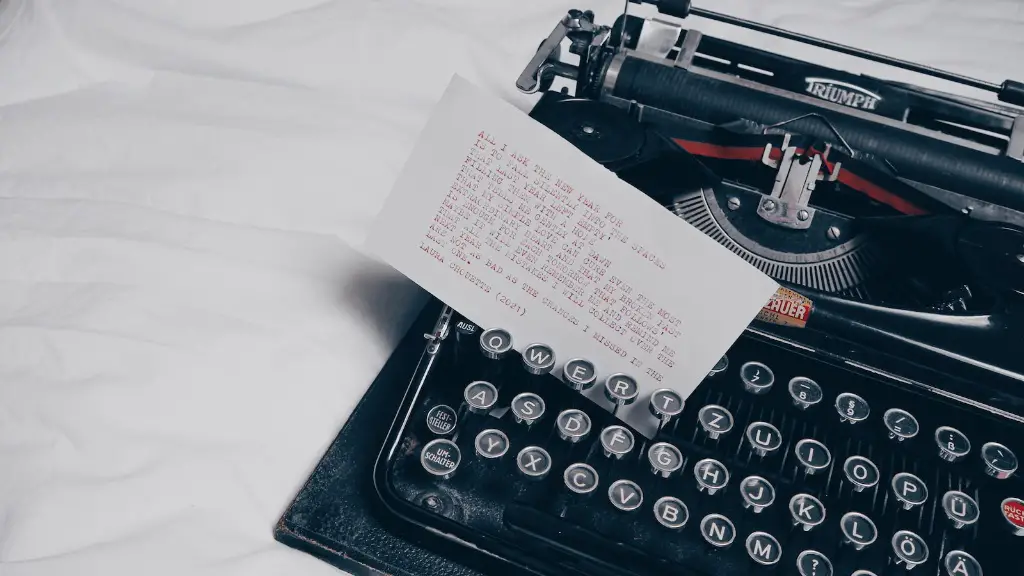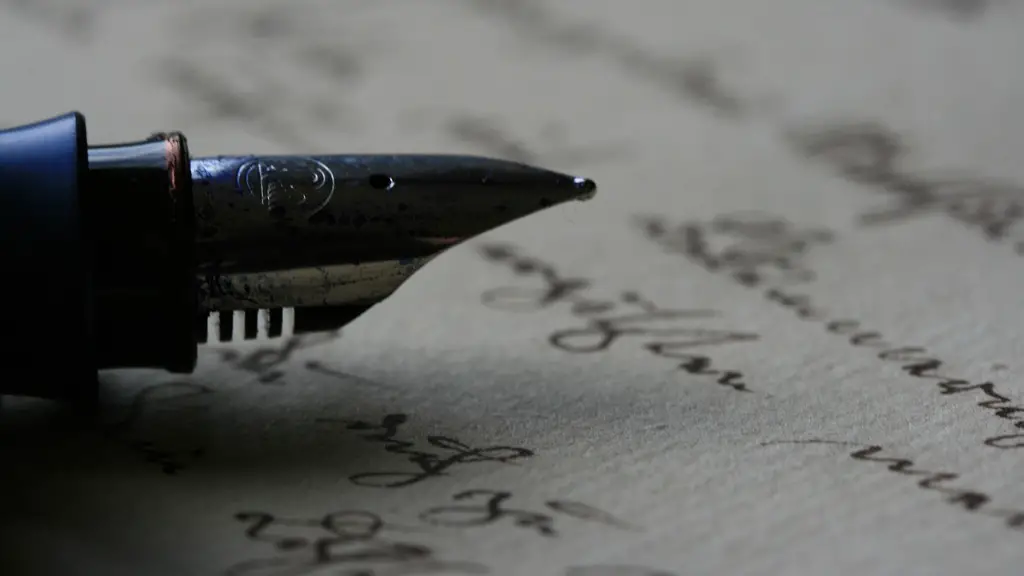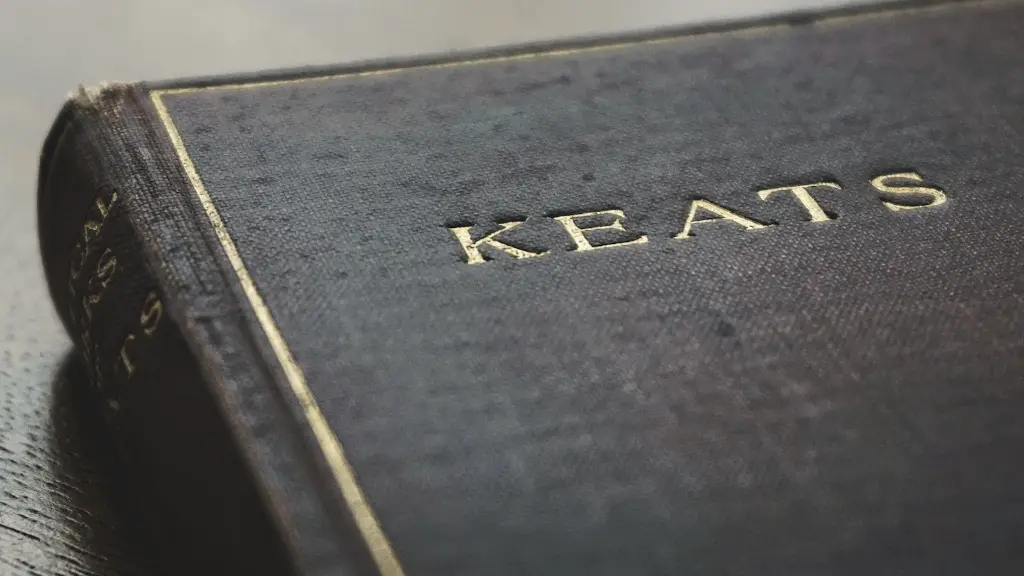Writing Process
Writing a poetry explication takes time and skill as it is essential to understand the construction, emotion resonance and double meaning underneath the surface of a poem in order to convey its message clearly and effectively. Investigation into a work’s techniques, rhythms and diction will help in the development of an explication. Before delving into an explication, it is necessary to take the time to read the poem carefully, looking for major literary components such as metaphors and imagery. The reader also needs to analyze the poem’s structure and emotional effects as they read.
Objective Description
The explication process requires a systematic, objective description of the particular passage being studied. This requires the reader to pay close attention to the detail. Focus on the selection’s form, structure and other technical features such as meter, rhyme and stanza form. Capture the rhythm, sound and emotion through strong descriptive words, such as ‘dissonant’ or ‘angry’, that detail why a stanza sounds or looks the way it does. Note any imagery, symbolism or figurative language used by the poet.
Identify Meaning
The most important step in writing a successful explication is establishing the poem’s overall meaning. To do this, the reader needs to identify what is being said and may have to trace a particular element throughout the poem. For example, pay attention to repetition of certain themes and ideas, or certain lines. Evaluate why the poet chose to use particular wording and consider whether or not the poem contains a paradox that could further aid in understanding the overall meaning.
Raising Questions
A successful explication also requires the reader to pause and ask questions as they read. This encourages an open discussion and analysis of the poem. Formulate questions pertaining to the poem’s structure, meaning, emotional content and why certain image or words have been chosen. Ask yourself why this poem might have been written, or why the speaker chose to say what he or she did.
Analyzing the Poem
Once the reader has identified the essential components of the poem, perform a critical analysis of its content. Evaluate the poem’s strength and believability as a narrative or voice of the speaker. Compare and contrast the poem’s subject to its stylistic form, and analyze how the poem expresses its themes and ideas. Investigating the poem’s context in the larger setting of the poet’s life and the music or culture he or she derived it from may also help in deciphering the deeper layers of meaning.
Synthesizing Findings
The final step in writing a successful explication is to provide an interpretation of the poem overall. This should be an affirmative summary of your previous findings, covered in a succinct and focused manner. Summarize the poem’s connective elements and explain how they underpin the poem’s hidden and underlying meaning.
Law and Morals
Explicating poems often requires the reader to analyze moral and ethical questions which influence the poem and its author. Analyze these from the perspective of the poem’s cultural and legal context, as well as any ethical mandalas which shape or are shaped by the poem’s overall meaning. Competing legal systems may be observed and the current legal system analyzed in light of the social, ethical and historical context of the poem.
Cultural Implications
When writing an explication of a poem, it is important to consider the cultural and historical context in which the poem exists. Think about who the poem is speaking to, what culture it is engaging with, and any marginalized voices it is representing. Pay attention to the details of the speaker’s language and any subtle signs of their cultural identifiers, such as specific dialects of English or references to a particular region.
Variety in Metaphors
Pay attention to the variety of metaphors employed by the poet in order to further their point of view. Metaphors provide an additional layer of complexity and understanding to a poem, and can provide the reader with an in depth understanding of the poem. Analyze how these metaphors interact with one another and the overall theme of the poem.
Historical Significance
When writing a poetry explication, consider the poem’s historical significance. This can be difficult to identify, but looking into the language, perspective and references of the poem at the time of its writing can offer some insight into the poem’s meaning. Analyze any historic events that might have had an influence on the poem and think about the deeper implications of any of the events that are referenced.
Relevance to Life and Society
When writing a poetry explication, look closely at any themes that the poem covers. Evaluate how these themes might apply to life, society and current events and think about the impact that these themes might have on the world. Consider both the positive and negative implications and how these themes might contribute in varying ways to both.
Establishing Connections
When writing a explication of a poem, situate the poem within the current conversation and the wider cultural moment. Consider how the poem builds on previous conversations and how it might break new ground. Analyze the poet’s style in relation to other poets, and how it may diverge or join with the larger poetic dialogue.
Be Critical
When writing an explication of a poem, it is necessary to evaluate the text critically and evaluate the impact of the text. Consider what the poem is trying to say, and if the poem is a successful reflection of this. Take into consideration the techniques used by the poet to convey their point and think about the techniques used to move the poem’s narrative forward.



